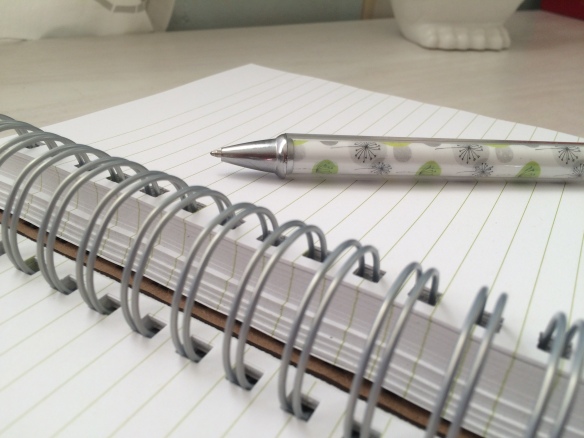
This happens to me a lot. I often find myself overwhelmed with the things on my to-do list. Even though I am the self-proclaimed Queen of Lists I sometimes struggle to complete all of the tasks I’ve set out for myself. Sometimes just looking at my list paralyzes me with anxiety and I end up doing nothing as a result. This means I’ll have twice as many things to do the next day and my stress level will soar through the roof.
I have a friend who suffers from the same problem so I asked her how she dealt with her to-do list paralysis. She taught me the hat trick, a way of completing items on your to-do list that eliminates any need to make a decision.
Basically, you write each task on a separate piece of scrap paper, then crumple up each piece and throw them into a hat (or a box, or whatever). Close your eyes and pick up one of those pieces of paper. Whatever is written is the thing you have to do next- no putting it back! Repeat this process until the hat is empty.
When I first heard about this I laughed because it seemed so simple. After trying it though, I’m pleased to report that it’s extremely effective, especially for those who struggle with making decisions. (Ahem. That’s me.)
However, the hat trick only works if your to-do list is organized. Each task needs to be clearly defined and big projects need to be broken down into smaller steps, otherwise you risk the temptation of putting things off even further. (For more on how to do this, click here and here.)
The biggest flaw of the hat trick is that it does not help define priorities. If there are tasks on your to-do list that are time sensitive or a high priority, you need to complete them before performing the hat trick so that they don’t get lost in the shuffle (literally).
It may seem like common sense but some it’s a revelation: taking the decision-making out of the equation can lead to a quicker, more efficient workflow which makes the whole process of completing your to-do list a lot less painful. And- dare I say it- could maybe make it more fun?
 What’s your favourite way of dealing with your to-do list? Email me your secrets at keepingbusyb@gmail.com or comment below. Looking for more ways to stay organized and productive? Click here and here.
What’s your favourite way of dealing with your to-do list? Email me your secrets at keepingbusyb@gmail.com or comment below. Looking for more ways to stay organized and productive? Click here and here.









